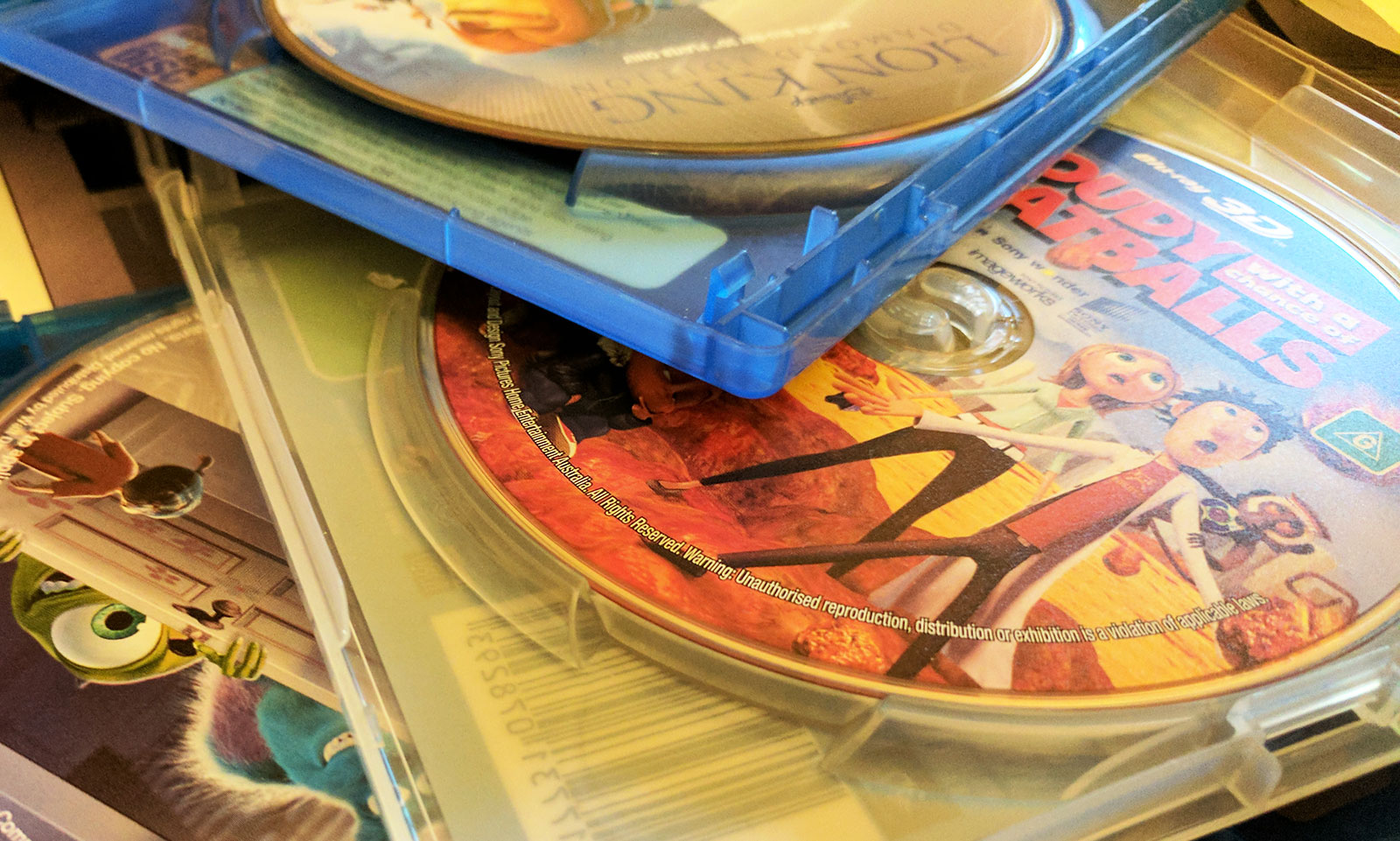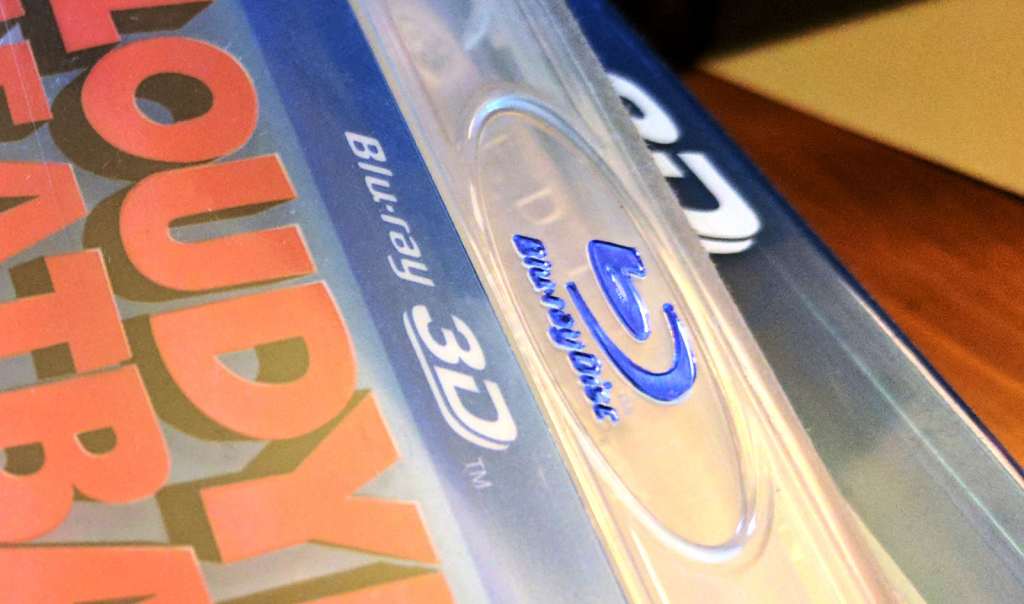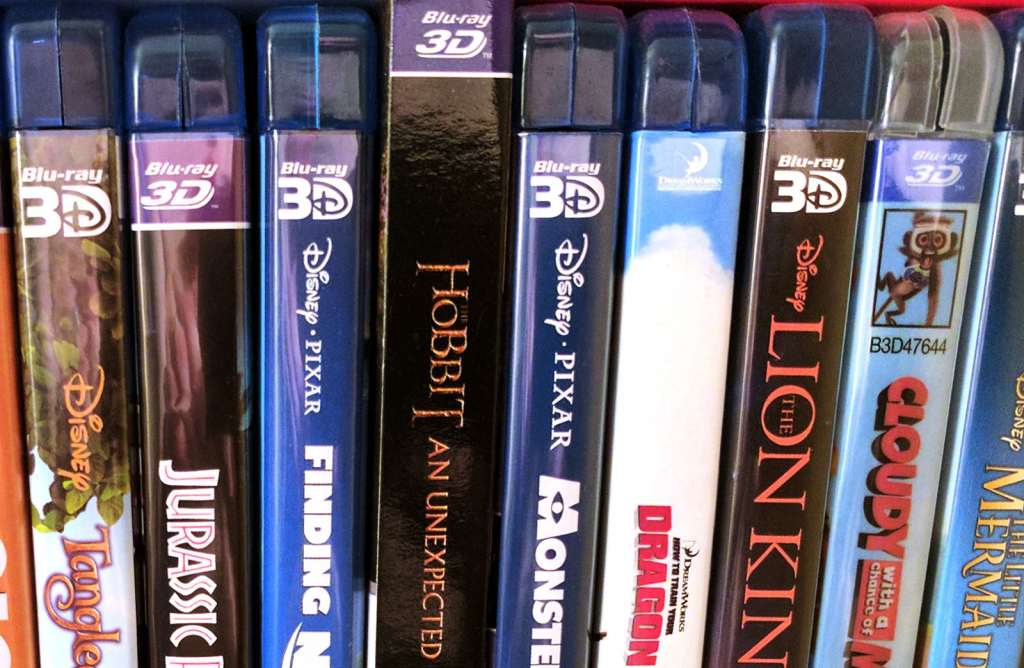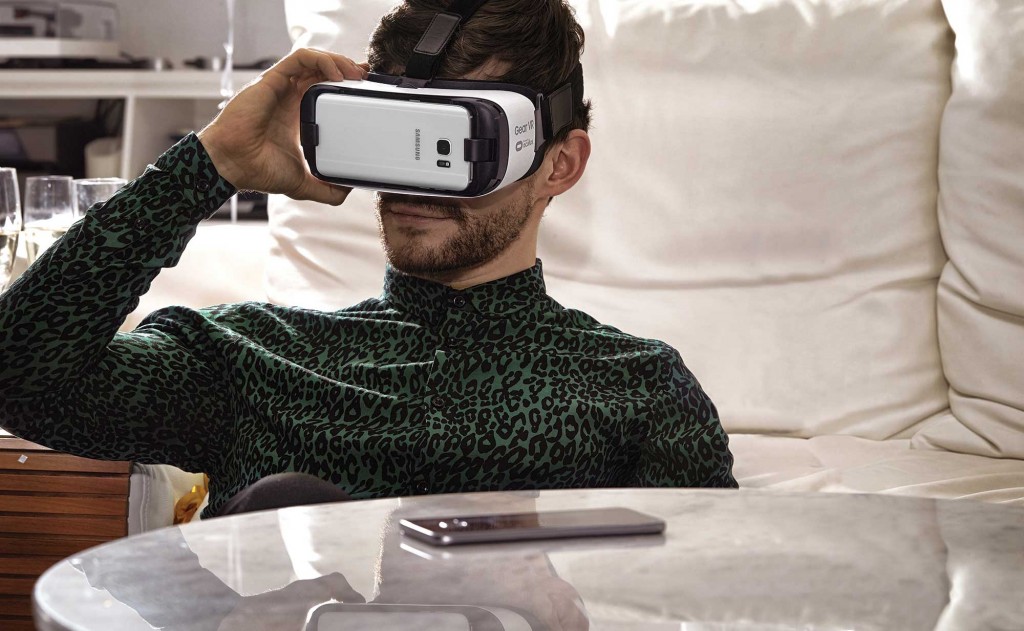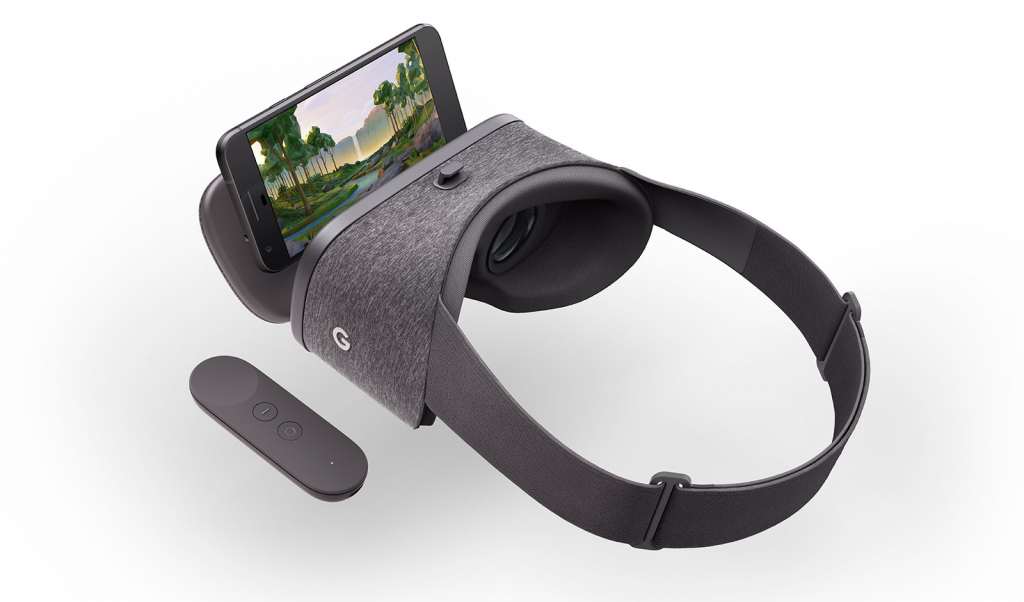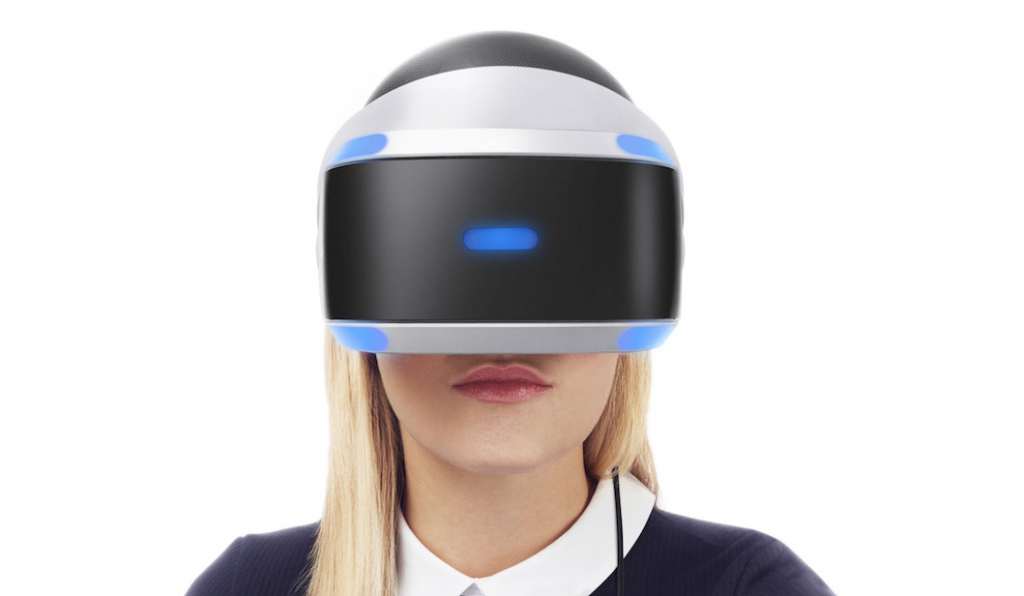There’s a good chance that your local Blu-ray shop will start removing its 3D selection in the near future, and that’d because TVs are no longer supporting the technology. Is this the end of 3D?
It was supposed to be the technology to get us all excited about the way we watched movies and played games, but things don’t always work out that way.
Returning after years of being a red and blue anaglyphic gimmick, 3D made a genuine push for the home and cinema markets around seven years ago, making itself something you could find in TVs and computers not long after we first saw the concept return to cinemas.
Everything was new again, and movie makers were making grabs for your wallet with new ways to watch films we loved. Pixar and Disney found ways to revive beloved classics, as did a few action movies, while the release of James Cameron’s “Avatar” showed big production houses that 3D could turn new movies into an attraction not unlike what you’d find at an amusement park.
Of course, TV manufacturers figured this would be great to take home, and so 3D TVs were released, providing a way of interpreting the films in a way that could be viewed using both active and passive 3D glasses.
But when 4K arrived, 3D became less of a thing.
Not helping it was the fact that 3D movies weren’t proving as popular outside of places like the IMAX, as few made any real difference in 3D, as if you gained nothing (and sometimes lost something) when watched with that extra dimension.
Still, manufacturers had left the technology there, and while 3D began to lose out to more impressive technologies, it was still part of the package. We’ve even heard good things about 4K OLED TVs and 3D, with LG reportedly able to make the colour pop at the same time the image would, making for one of the best 3D experiences to date.
But as good as the 3D TVs were getting, their demise was obviously on the cards, and this past week, CNET wrote a fantastic piece about the death of 3D now that Samsung, Sony, and LG have opted to exclude the technology from the 2017 TV range.
That’s a real change for TV makers, because it used to be a situation where much like in phones, companies would just add to the feature list and keep including last year’s technology, almost as if you missed out on last year’s tech but still received it all the same.
That essentially meant the 2015 TVs included the technology from 2014, 2013, and so on, updating where necessary.
This year, however, that is no longer true as 3D appears to be biting the dust, potentially damning any 3D Blu-ray collection you may already have, not to mention the stores trying to offload the 3D movies.
These titles were rarely compelling, and outside of “Cloudy With A Chance of Meatballs”, “The Hobbit”, and the odd Disney or Marvel movie, it often felt like 3D was a wasted opportunity to make movies more interesting, and stop piracy at the same time.
So that’s that… or is it?
With the death of 3D TV, one wonders if there’s anything else that can fill the void if you want to watch things in three dimensions. It doesn’t take long to suddenly picture what can work in that place: virtual reality.
Press a screen up to your face and look through two lenses and you potentially have something that is basically what VR is, only with a little more control.
Virtual reality and 3D have so much in common, with the main difference being movement: in 3D you maintain a fixed view and three dimensional activity engages you, while in VR your view can change thanks to a compass or another movement controller thereby allowing your 3D view to change based on what you experience.
While the return of virtual reality is a relatively recent thing, mobile devices like the Samsung Gear VR and Google Daydream VR already support a portable cinema you can experience for yourself with regular old 2D movies, making the films appear more like you’re in a conventional theatre, complete with light coming off the screen like the real thing.
What few know, however, is that these apps often include support for 3D movies too, usually playing them back via “side-by-side” 3D video formats where each side is rendered for each eye.
Finding these files online can prove difficult, but if you own a 3D Blu-ray, you can also convert the disc’s movie into a side-by-side movie for playback on your portable virtual reality platform, with this format also compatible with even the dedicated VR devices like the HTC Vive, Oculus Rift, and Razer HDK.
You’ll need a Blu-ray converter on a computer for this to work, so make sure you have one of those, but this at least makes it somewhat possible to bring the magic of a 3D movie to something else that will still be supported, outside of finding an older TV and buying that, as these are soon to be the only way to view 3D content beyond a big and expensive 3D-capable projector.
That should solve the problem of converting your current 3D Blu-ray range, but what about new titles?
If 3D is going to remain around, we suspect that a service will open up providing 3D content sometime in the near future for a VR platform, or possibly providing a paid 3D title on Google Play for playback on YouTube.
Your guess is as good as ours here, because if it does happen, at least 3D will still be watchable in the virtual reality world.


